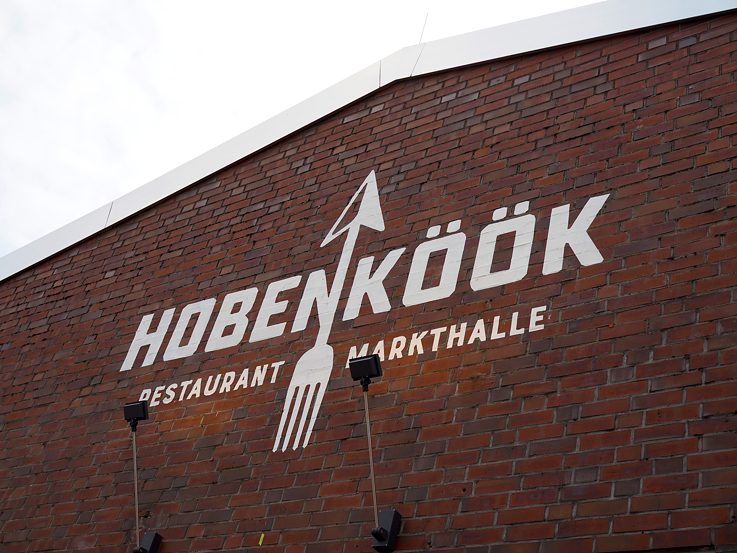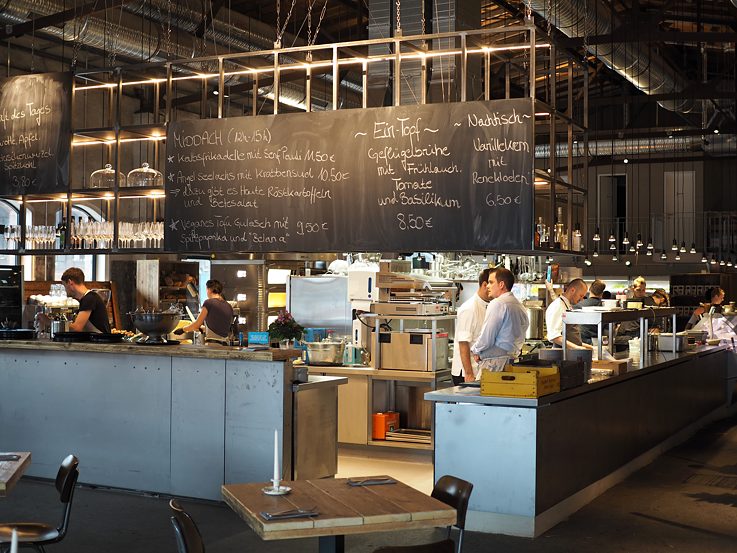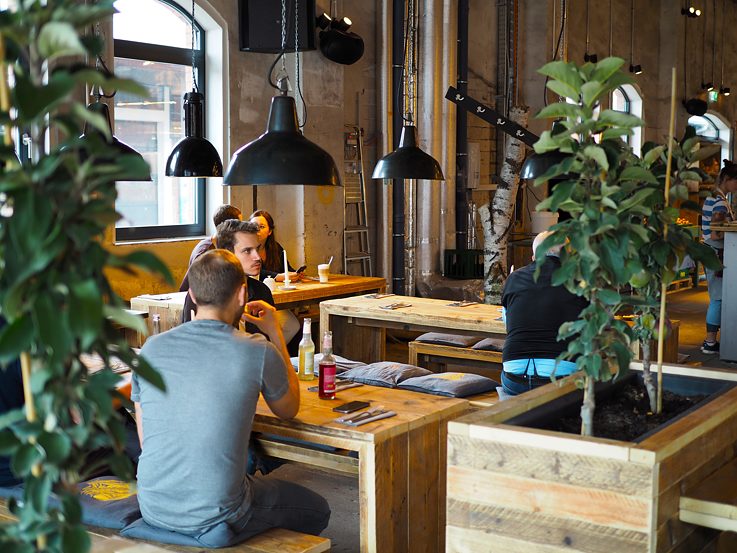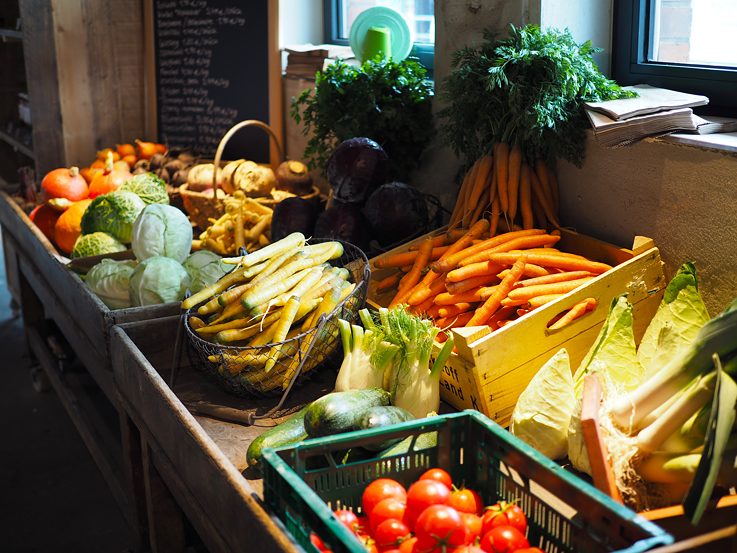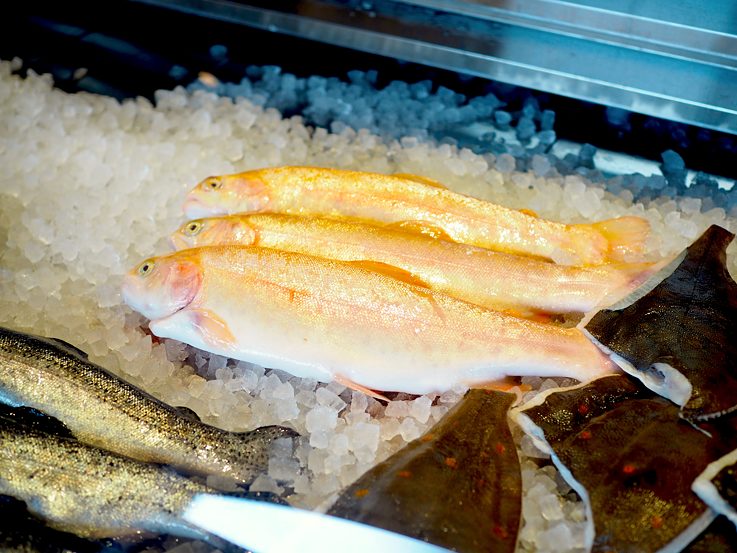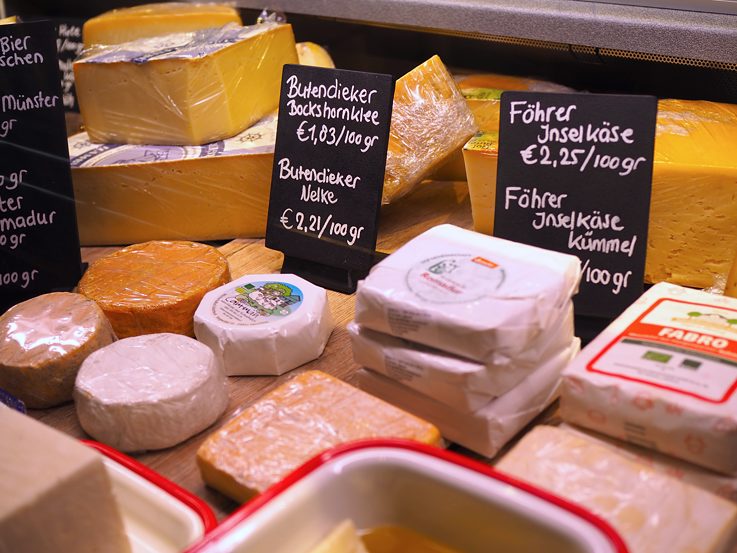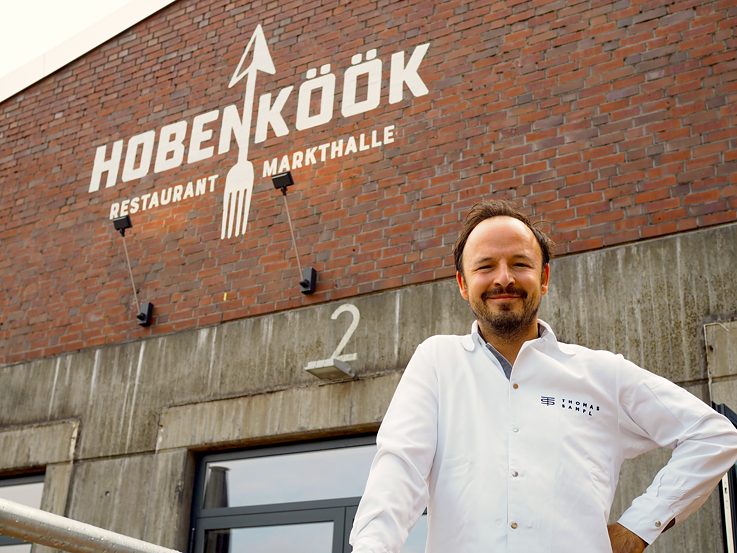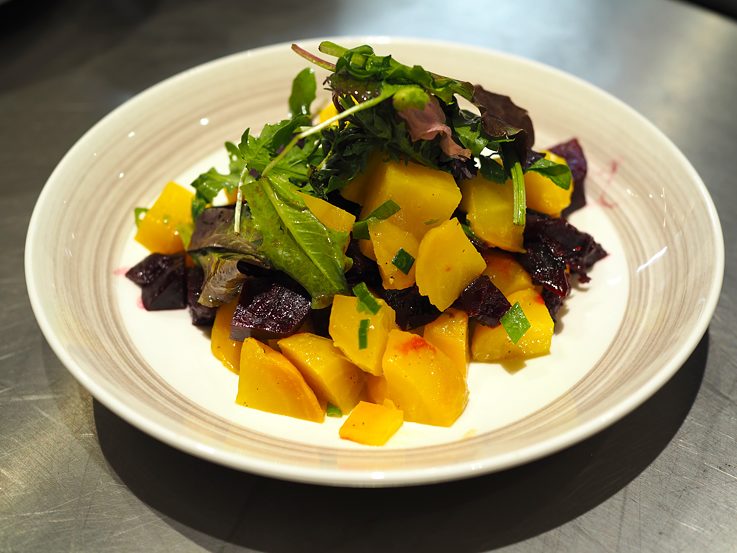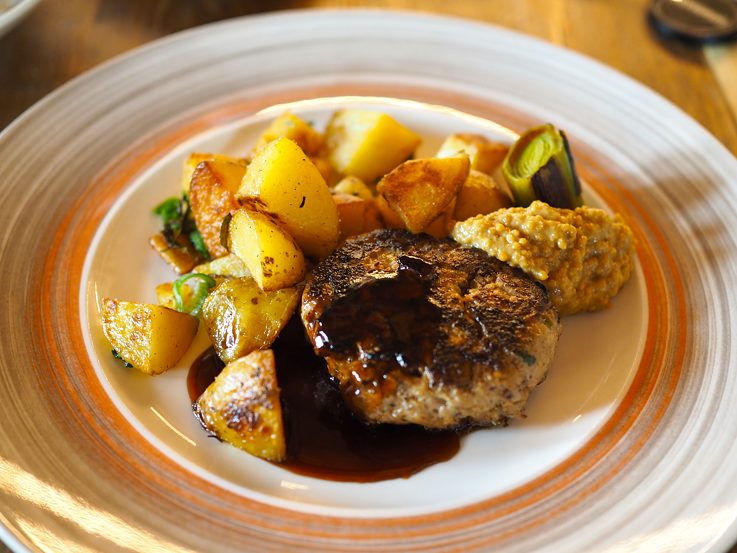Culinary Harbour Cities
Regional produce at the port of Hamburg: the Hobenköök indoor market
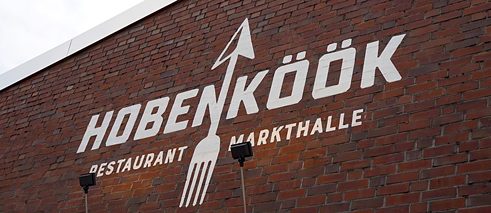
The ‘top harbour’ at the northern end of the Hamburg port complex was formerly a busy transhipment point for transferring cargo from railways wagons to ships and vice versa. Those days are gone, but the area freed up as a result has become an increasingly dynamic space that is constantly growing and changing. Since August it has been home to another new project – the Hobenköök indoor market (“Hobenköök” being Plattdeutsch dialect for “Hafenküche” = “harbour cuisine”), with a restaurant on the side, selling almost exclusively regional produce. The concept is the brainchild of the chef Thomas Sampl who spoke to Ben.
Where did you get the idea of opening an indoor market here in the port complex?
Thomas Sampl: This location is a key part of our business concept. The disused sheds here were perfectly suited for a food trading business, and also have some of the old-fashioned charm of the city and port of Hamburg. And the infrastructure here is fantastic. We are close to the vegetable-growing area of Vierlande, and the agricultural land south of Hamburg. Also, more and more young families are moving to the adjacent HafenCity district, and this is the ideal place for them to do their produce shopping. This location has just two main disadvantages: in the event of a tidal wave we would be completely submerged – which is why the entire facility is mobile, including the restaurant kitchen – and if the port decided to expand back into this area we would have to leave. But now for the first time we have managed to get a long-term lease.
How important is sustainability for your as a business concept?
Extremely important – in two ways. First, instead of purchasing from middlemen and intermediaries, we source our produce directly from our regional growers, which strengthens their position. And secondly, in our restaurant and catering operation we only use produce for which there is a surplus for seasonal reasons, or items that we have not been able to sell in the market. That can include vegetables that are no longer looking their best, but are still of perfectly good quality.
Why do you see buying direct from the grower as a sustainable approach?
Middlemen always sell products for the highest margin they can get, which deprives the grower of some of his or her margin. And some growers’ products are simply too expensive for intermediaries, because they cannot get the margin they require. And thirdly, the growers get to meet each other here at the market, and are able to form alliances. That again strengthens their position.
Quite simply because this is the right thing to do! I see three main reasons for this: fewer ‘food miles’ (and therefore lower emissions); fresher and better quality produce; and keeping the economic benefits within the region. Some colleagues use to tell me this was just a passing fad, but I said I didn’t think that was the case. Now we can see that this is no fad, but an ongoing trend that is set to continue for a long time to come.
How regional is regional? How far away is too far to be a market supplier?
Our cut-off point is around the 150-kilometre mark, but this is not applied as any kind of hard and fast rule. We might need lemons to cook with from time to time, for example, and maybe some canned tomatoes, because I don’t want my customers straying and deciding to eat somewhere else. And providing value for money is important, because we are not a delicatessen or gourmet establishment, but a place where people come to meet their everyday needs.
How important is the organic aspect of sustainability?
It depends. We are definitely not an “organics only” establishment – because if your organic produce comes from too far away, it may not be all that sustainable. And anyway, I don’t always trust the organic label, especially from far distant countries. There is no substitute for meeting the grower face to face and developing a sense of mutual trust.
